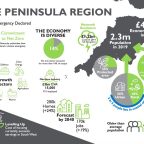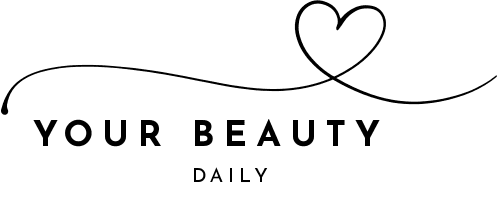
How to get a competitive rate on your small business loan
Most companies will need to take out a loan at some point during their lifetime offering distinct pros and cons to the business. This can happen for large conglomerates as well as smaller businesses and start-ups. Despite this, not all companies are able to get good interest rates. It can be especially difficult for smaller businesses to get competitive rates when it comes to lending.
Searching for great rates can be a bit of a chore. Searching through banks, online lenders, business lenders and more can take up a bulk of your time rather spent on focussing on the business. That’s why we’ve put together a guide to help small businesses get competitive rates on their loans.
Annual Percentage Rate (APR)
When looking for a loan with competitive rates, you’ll want to check the lenders APR rates. The APR is the interest rates and fees as a percentage on your annual loan amount. It demonstrates to the consumer how much they will pay on top of the loan amount.
Factor rates
With short-term loans, you may not always get quoted on interest rates. A factor rate is quoted as a decimal, usually between 1.1 and 1.5 and is representative of a fixed cost over time on your loan.
Whilst this can help you to get an idea of how much you’ll be spending on your loan, it can also mean that you’ll be paying a higher rate than factor rates. Therefore, short term business loans with interest rates or APR will be more likely to offer you a competitive rate.
Fixed vs variable interest
When it comes to looking for competitive rates for businesses, a fixed interest rate may seem more attractive. It can help companies to budget for repayments month by month. Variable rates typically change throughout the year to reflect trends in the market. Whilst it can be riskier, it could mean that you get lower rates at some point during the year when compared to following a fixed interest rate.
Bank loans
In order to get finance, most businesses will look to their bank first. Bank loans can offer competitive rates typically anywhere from between 3-15% APR depending on the type of bank. With banks, it can often depend on how long you’ve been with them too. Some banks offer great introductory rates for businesses, whilst others reward loyalty. When there is a lower amount of risk, then a business is likely to get better rates. This can be due to good credit rating, or assets that can help to secure the loan.
Online loans
Due to the nature of their business, online lenders tend to offer higher interest rates of 13% APR +. Rates will depend on the amount of loan request and the repayment period for the business. Longer term loans tend to have more competitive rates but may not be appropriate for shorter-term solutions.
Short term business loans
Shorter-term loans tend to have an APR of around 13%. Whilst this is higher than most banks, it can be competitive when compared to other types of long-term lending. A short-term loan such as a cash flow loan can help give the business much needed cash which they can then pay off further down the line. It works for smaller businesses who may not have a balanced cash flow, such as seasonal industries or smaller firms waiting on client payments.
This type of loan can be really useful to smaller businesses and the higher-than-banks interest rates are actually quite attractive on a short-term basis. They are also competitive compared with other types of lending for businesses.
Asset based lending
Asset based loans are normally secured against property or equipment within the business. If your credit rating cannot secure a low interest rate, then asset-based lending may be right for you. By securing assets such as equipment against the loan, you reduce the amount of risk for the lender.
Depending on your business, you can get rates from 8% up to 30%.
Invoice financing is another type of asset-based lending. Invoice financing uses receivables to secure a loan. It means a business can get access to immediate funds to pay for company expenses and pay it off with projected income.
Interest rates can be anything from 3% upwards plus the percentage of what payments are outstanding. If you gain some good clients and have a substantial amount of work coming in, you’re likely to receive a better interest rate and higher amounts of lending.
How to qualify for the best rates
Typically, businesses who have a good credit score and a positive cash flow are likely to receive better interest rates on their loans. It also helps to have built up a good business financial profile.
This could be demonstrating that you can earn enough revenue to afford repayments over the course of a number of years. Your financial history tends to provide better rates if you can show positive revenue over a minimum of 2 years. The longer you’ve been in business, the better the rates are likely to be.
If your business can secure the loan against assets you may be eligible for better rates. However, for shorter-term loans as long as you can demonstrate a projection of revenue, you are likely to receive good rates and enough money to keep you going.
Ultimately, every business is different, so every lender will tailor a policy based on your business circumstances. The best way to get competitive rates is to budget, save, secure and have projected income and sales. Hunting for the best policies can help to get better rates and ensure that you can afford repayments and work towards building a successful business.

















